When the Estonian entrepreneur, Rainer Nõlvak, announced his team wants to bring together 50,000 Estonians to clean up the entire country from illegal waste in just one day, there was a lot of disbelief. Something like this had never been done anywhere in the world.*
Back in 2007, nobody had an idea how much illegal waste there was lying around. The whole plan had to be built from scratch. Little did the sceptics know that this will not only work in Estonia, but will inspire the world.
By today, the inspiration has spread to 112 countries where either big or small teams of people are aiming to do exactly the same that Estonia managed to do on 3 May 2008. More than 11 million have been engaged in Let’s Do It! actions in just few years.
Among these countries, Afganistan, Ukraine, Kenya and Philippines aim to bring hundreds of thousands or even millions of people to clean up their countries in just one day.
Transforming from good to crazy
A small group of people approached entrepreneur Rainer Nõlvak in 2007, introducing the idea to solve the illegal waste problem together with volunteers in about five years time. What happened? Nõlvak said his famous words: “Stop, we will do it, but we will do it in just one day!”
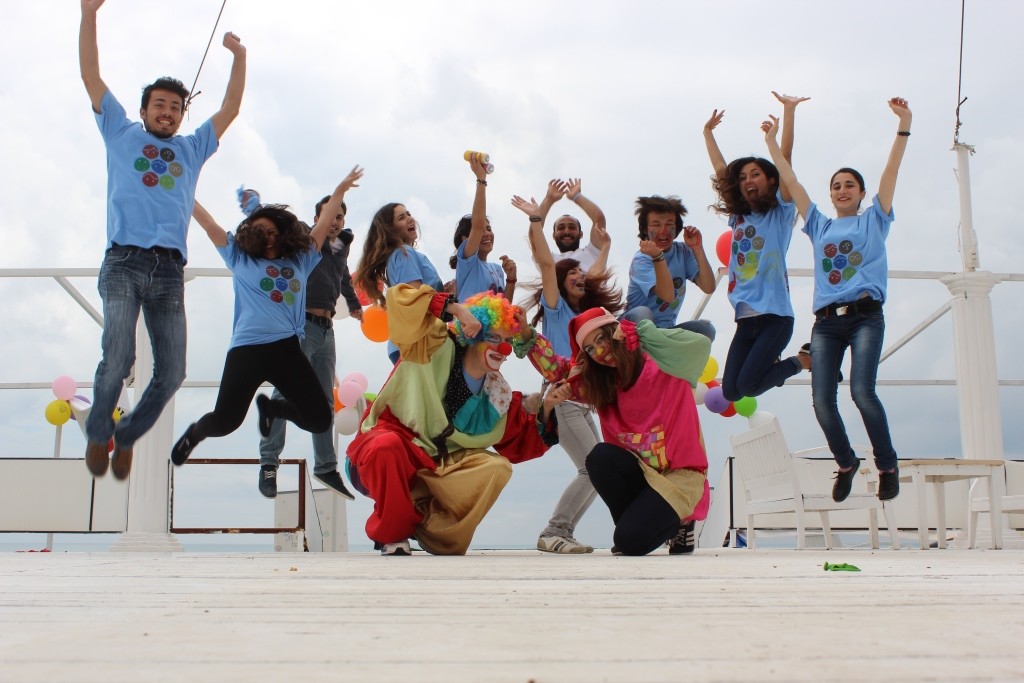
“True, something like this had never been done before and at the beginning we had no idea, how to do it. However, we were certain this can be done,” Nõlvak, now the Chief Motivator of Let’s Do It! World movement, recalls.
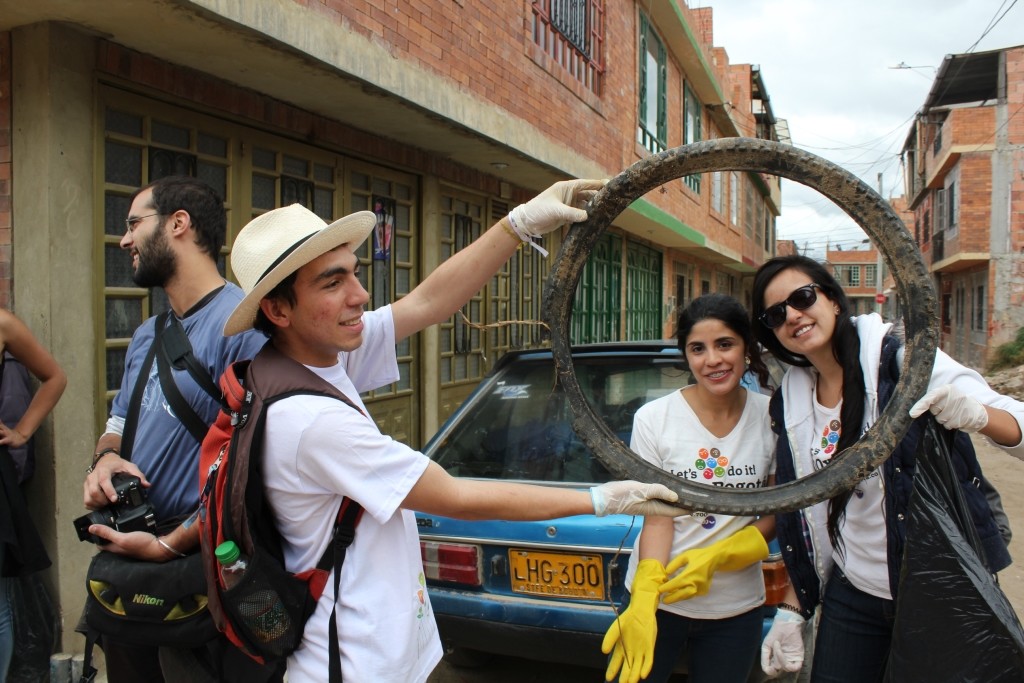
To clean up about 10,000 tons of waste, 40,000 helping hands were needed. However, as in most countries, waste management laws would normally not allow volunteers to handle waste.
Nõlvak admits: “Yes, 50,000 people effectively broke the law about handling waste. We could have been arrested but I told the ministry: ‘If you don’t want to help, we can leave all the collected rubbish in bags outside your building’.” The ministries and municipalities were convinced and quite soon they became one of the biggest partners of the action, together with the waste management companies.
Competitors side by side
The recipe for the Let’s Do It! model is briefly made out of four ingredients: team building, cooperation with wide range of partners, waste mapping and communication.
The first step was to create a team of best professionals, which eventually grew to 620 people. Among these top professionals was also Ahti Heinla, one of the creators of Skype.
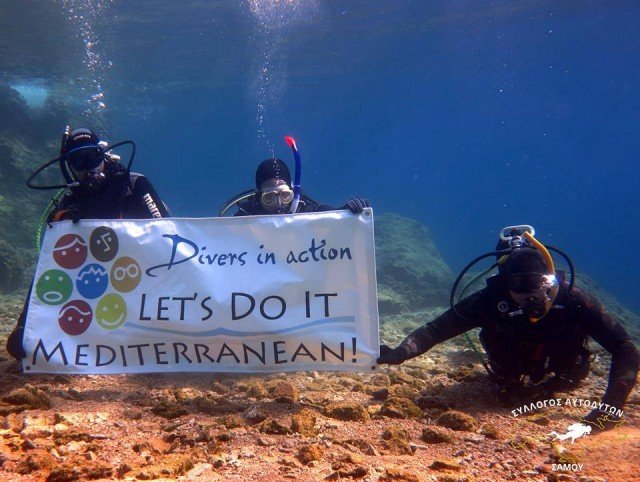
The second step was to get organisations and communities to become partners, because it was clear, that an action like this needs the support of entire society. Eventually, more than 500 official partners were gathered.
Competitors worked side by side, not paying attention to the fact that their rivals are involved as well. Each company supported the movement the way they could – by transportation, tools, services, manpower etc. “We were told that at some point we were like the mafia – nobody would say ‘no’ to us,” says Nõlvak.
IT solutions boosting the civic power
The civic action was then connected with IT innovations. This is where Ahti Heinla, a software developer and one of the core team members behind creating Skype, came in.
“It wasn’t that hard to combine software like Google Earth with other freeware programs to create our own garbage mapping software. As a result, very cool and easy to use software was made. People simply had to walk around the forest and press few buttons on their mobile phones,” Heinla explains.

Doing this, data was automatically uploaded to the waste map, showing the location and information about the trash-site. In total 720 volunteers added 10,656 illegal trash points on the map.
The mapping was followed by a massive communication campaign, which involved Estonian well-knows actors, journalists, musicians and cultural leaders. The campaign was organised for free and is still the biggest campaign ever made in Estonia. Even the international media was following this ambitious action.
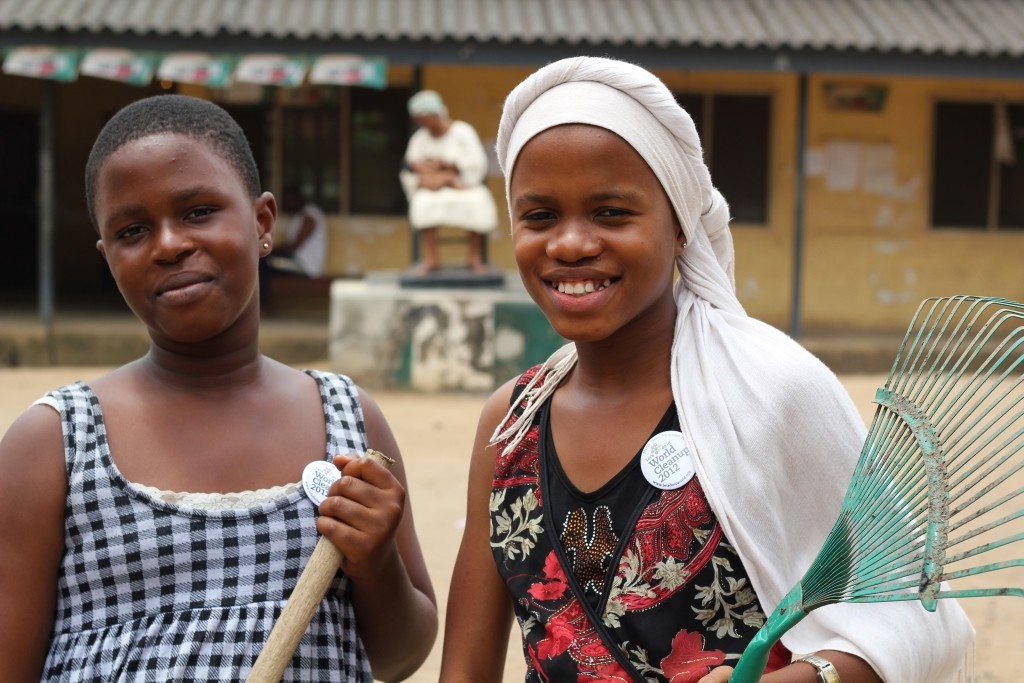
It has been calculated that in normal circumstances, it would have taken the government three years and €22,5 million to accomplish it. Estonia became clean in just five hours and with half a million euros. Talk about civic efficiency! The news about this crazy idea then went viral and spread to the world.
A global phenomena
Before the magic happened, Lithuanians and Latvians had already heard news about Estonians preparing such action.
“We then prepared everything with just three weeks using the Estonian model. It was crazy, everybody was working like 20 hours per day. After the event, almost all of us got ill because of exhaustion. I circled Lithuania like two or three times. It was insane,” Vytautas Krasnickas, one of the first core team members of Let’s Do It! Lithuania (Mes Darom), said.

Krasnickas claimed they could pull this off so fast with a simple slogan: “Don’t be slower than an Estonian!” Estonians being slow is a common joke topic in Lithuania.
With just few weeks, they managed to get 3,000 people on board. A year letter, 70,000 came out. The idea kept spreading and soon Portugal, Italy, Moldova, Slovenia and many others contacted Rainer Nõlvak and his team, asking advice how to do the same thing and become part of this phenomenon.

The global request formulated in a new project called World Cleanup 2012, an initiative that called the whole world to join the movement and clean up their countries.
The people who started Let’s Do It! action in Estonia, took a new challenge to keep Let’s Do It! World going. In the end of 2012, the network had grown to 96 countries. The call had been replied from all over the world.
Global mass movement
In 2012, several records were broken using the Let’s Do It! model. 210,000 people joined the action (7% of the population) in Lithuania, Latvians also brought together 210,000 people in 2012 (10% of the population).
“We realised that it is our obligation. We hadn’t done this before because we didn’t have an example or a solution, how this problem could be solved. Tracking events in Estonia, inspired us to do the same,” Krasnickas recalls.

It is to be expected that countries located close by each other could become inspired, Let’s Do It! has spread much further.
Slovenia, the Let’s Do It! record holder brought together 14% of its population for a one day clean-up action in 2012. Bulgaria achieved over 13% of the population attending the one-day clean-up in 2013. Massive amount of people have been cleaning up their countries also in Romania, Kosovo and Albania.
Surprisingly, Let’s Do It! has been working in many of the countries that have had very low volunteering rate, breaking stereotypes and boosting the whole civic society.
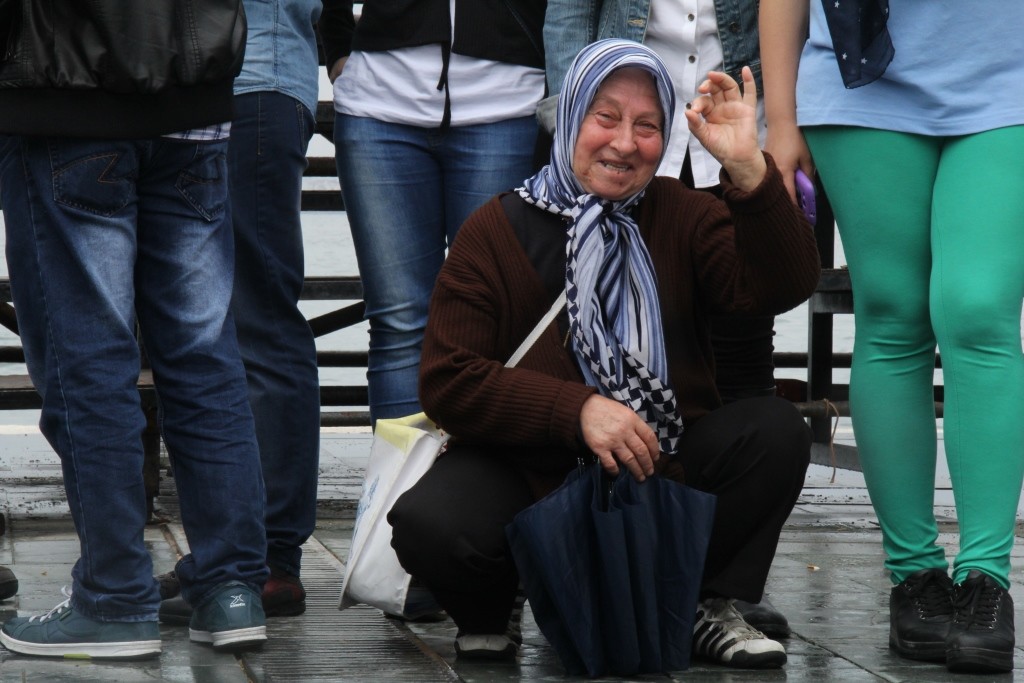


I am an Australian who is of Estonian decent. I am very proud of what Estonians are doing in the world. However they did not invent this concept. We have had Clean up Australia Day now since 1990. This is the exact same concept you have just spoken about. Every year thousands of tonnes of rubbish is collected by hundreds of thousands Australians in an attempt to keep our country, water ways and oceans clean.
Just going to make the exact same comment. Sorry to burst the bubble.
Hi, guys! Great discussion! Let me explain it a bit. We don’t claim we invented cleaning up. This has been done for thousands of years. In Estonia, coordinated cleanup day (and other actions to fix some problems for the good of the public space) took place also in the 40s. Before, it was in the village level. The difference between Let’s Do It! and Clean Up Australia Day is that Clean Up Australia Day is a campaign name and cleanups take place yearly and the concentrated action time is an entire week: http://www.cleanupaustraliaday.org.au And that’s all great! 🙂 The model of Let’s Do It! is one day and one country. Not a cleanup week. Not a cleanup year. It’s one day. And the aim is to bring out about 5% of the entire population to create a positive shock wave. Otherwise the social behavior does not change fast enough. It doesn’t “shock” the people. We’ve all been told forever not to litter. Still – illegal dumping and littering is one of the biggest environmental problems around the world. So obviously “talking about it” and demonstrative events don’t work. People learn best by doing. In this sense, we’re the same as Clean Up Australia. The difference is the model and this is also where the innovation lays. Take a look at this 5 minute video to understand the model better: https://www.youtube.com/watch?v=A5GryIDl0qY. PS: We’ve been trying to cooperate with Clean Up Australia in several times. Our aim is to globally do it in a concentrated time so the problem and the solution could not be ignored. We all pick up litter daily as well. But cooperating and making it massive is the only way to see a change of mentality in our life time. However, when we don’t need to see that while alive ourselves and accept dealing with a massively growing problem taking baby steps – then that’s just sad. I personally would like to move on to another issue in the global society and get this problem out of our way as soon as possible – not to make this my living and keeping “my job” organizing cleanups for another 50 years 😉 Social change is possible, but you need to take pretty big leaps to make it happen. Guys, we need help so I hope you’re into supporting Let’s Do It! World and Clean Up Australia Day as volunteers 🙂 It’s fun and it’s something useful to do 🙂
I don’t think they were saying that we came out with the original idea, it’s mostly about how the idea spread, because of countries close by. Australia is so far and separated so even though you guys have been doing the awesome job for ages, it didn’t spread to the world and we hadn’t heard of it.
Funny but I’ve been doing this all my life and not just for one lousy day. If I see trash I pick it up. Period. Just ignoring it won’t make it go away and saying ‘they’ or ‘the government’, etc. won’t make it happen. My wife and I clean a 2 mile bike path near our house every two weeks. Two big bags of trash almost every time. It was so frustrating to ride or run on it and see it so we just decided the easiest thing was to do something. Period.
Anyone and everyone can do it. Stop waiting for someone else to do it. We fix stuff in parks and pick up in our small development. And we tell others: ‘we don’t have a franchise here – you can do it too’. Some do, some don’t (but feel guilty so perhaps some day…). Not need for a special day or movement – you don’t need that to clean things up.
Stop waiting for someone or some entity to do it!
You are a legend. I thank you and 5 hope more are inspired. Keep up your great work
I love that someone is spreading this good idea which doesn’t at the same time have to be completely original. Though I must say, my mother who was from Estonia could not understand how people would not clean up their immediate part of the world, and she would have been so proud of this movement, no matter its origins. Thank you!